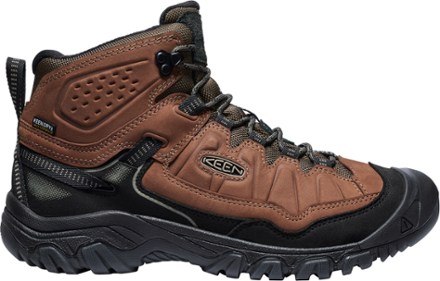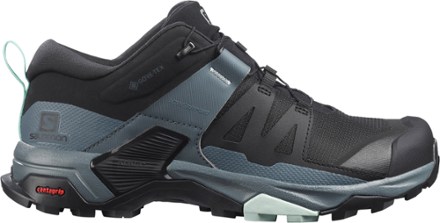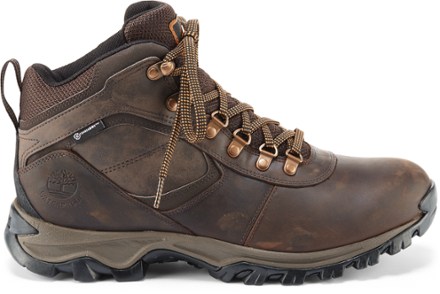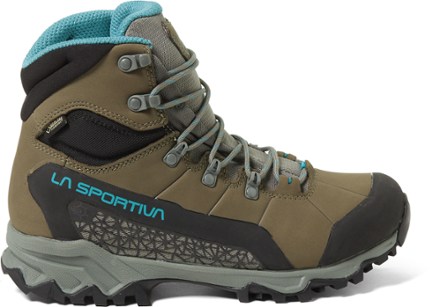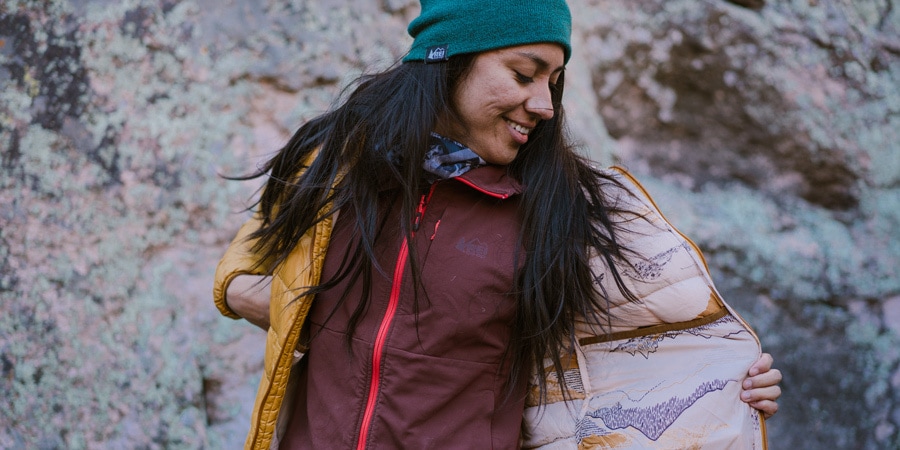
The Best Winter Jackets of 2024: Staff Picks
With more than 1,500 different winter jacket options available at REI Co-op, it's easy to become overwhelmed. Do you want down, synthetic or wool insulation in your coat? Or maybe no insulation at all? How important are features like breathability, waterproofing and body mapping? And so on.To help simplify your selection, we polled REI staff, members and customers for their category favorites and narrowed them down to the 11 best-in-class coats for exploring your personal winter wonderland.Staff PicksFind quick recommendations below or scroll down for in-depth reviews.Best Winter Jacket for Snowshoeing: REI Co-op Stormhenge Down Hybrid Jacket (Men's and Women's)Best Winter Jacket for Resort Skiing: Flylow Roswell Insulated Jacket - Men's and Flylow Sarah Insulated Jacket - Women'sBest Winter Jacket for Backcountry Skiing: Outdoor Research Skytour AscentShell Jacket (Men's and Women's)Best Winter Jacket for Cross-Country Skiing: Swix Dynamic Hybrid Insulated Jacket - Men'sBest Winter Jacket for Fat-Tire Biking: GOREWEAR Tempest Thermal Cycling Jacket - Women'sBest Winter Jacket for Running: Smartwool Smartloft Jacket (Men's and Women's)Best Winter Jacket for Camping: Cotopaxi Fuego Hooded Down Jacket (Men's and Women's)Best Winter Jacket for Everyday Wear: The North Face 1996 Retro Nuptse Down Jacket (Men's and Women's)Best Synthetic Winter Jacket: Patagonia Nano Puff Jacket (Men's and Women's)Best Parka: Fjallraven Nuuk Insulated Parka (Men's and Women's)Shop All Winter JacketsPhoto credit: Dustin KingmanBuying AdviceBefore purchasing a new winter coat, consider how you plan to use it. High-intensity activities like running and cross-country or backcountry skiing, will typically demand not only less insulation in an over layer (as your body temperature will rise with activity), but also maximum flexibility to allow you to move freely. On the other hand, a lower-intensity cold-weather activity, like camping, will call for maximum insulation, and winter cycling requires windproofness. Factors such as the coat's length, whether or not it has a hood, and its weight will also come into play.Weather Protection vs. BreathabilityIn general, weather protection comes at the expense of breathability—preventing water or wind from entering a garment also tends to prevent sweat vapor from exiting the same garment. Weather protection also tends to add to the overall price of a jacket.For these reasons, we often recommend weather-resistant soft shells for cold-but-not-wet activities like hiking, snowshoeing or cross-country skiing. Such soft shells provide some insulation from the cold along with light weather protection, but breathability is where they really shine, making them great for high-output days in cold weather. In this lineup, our softshell picks are the Outdoor Research Skytour AscentShell, GOREWEAR Tempest Thermal, Smartwool Smartloft, Cotopaxi Fuego and Patagonia Nano Puff jackets.For cold-and-wet activities like skiing and mountaineering, however, we often recommend waterproof hard shells. These jackets are fortresses against rain, snow and wind—which makes them pricier. The hard shells in this lineup are the REI Co-op Stormhenge Down Hybrid, Flylow Sarah and Roswell, Swix Dynamic Hybrid and The North Face 1996 Retro Nuptse jackets and Fjallraven Nuuk parka.For more tips, read Water Resistant vs. Waterproof Jackets.Body MappingBody mapping is a garment-construction method that focuses on how the wearer's body responds to activity. For example, when snowshoeing or winter hiking, we're more likely to sweat under our arms and on our backs—especially when wearing a pack—and body-mapped apparel is designed to address that by retaining or releasing heat strategically. This might mean a garment is made from multiple materials, has seamless construction or is thicker or thinner in places. If you are looking for a jacket to wear while participating in strenuous activity, it makes sense to look for a jacket featuring lightweight, breathable fabrics in key areas based on the movements you'll be doing and the environment where you'll be recreating. The body mapped jackets in this lineup are the REI Co-op Stormhenge, Flylow Sarah and Roswell, Outdoor Research Skytour AscentShell, Swix Dynamic Hybrid and Smartwool Smartloft jackets.InsulationAh, the art of layering. If you're looking to purchase a winter jacket for any remotely aerobic activity, your best bet is to learn how your layers work together and then plop a soft or hard shell (above) on top. It's always easy to remove a layer if you overheat.If, however, you're planning on wearing your winter jacket during lower-output activities like resort skiing, ice fishing or even walking around town, consider a coat with built-in insulation. Polyester or down fill will boost the overall warmth of a garment (at the expense of breathability). The insulated jackets in this gear guide are the REI Co-op Stormhenge, Flylow Sarah and Roswell, Swix Dynamic Hybrid, Smartwool Smartloft, Cotopaxi Fuego, The North Face 1996 Retro Nuptse and Patagonia Nano Puff jackets and Fjallraven Nuuk parka.FeaturesIn general, features like pockets and adjustment tabs make a jacket heavier and less packable. If you're using your winter coat for casual use, then go all out in identifying the extras that matter to you. If, however, you plan to take your jacket on the trail or into the backcountry, scrutinize those add-ons because you'll be carrying the jacket the whole time, whether it's on your back or in your pack. Also, pay attention to activity-specific features: Skiers may want a hood that fits over a helmet, while climbers may want a hood that fits under a helmet. Things like pit zips and stretchy fabric can be worth their weight on more technical pursuits, while pocket placement matters if you plan to wear a pack.MethodologyWe polled REI staff, members and customers for their favorite winter jackets based on their comfort, warmth, weatherproofness, durability, packability and style. These are their favorites for a wide range of activities, including hiking, snowshoeing, skiing, climbing, fat-tire biking, running, winter camping and everyday wear.Related ArticlesHow to Choose Insulated OuterwearWhat to Wear Skiing and SnowboardingDown vs. Synthetic: Which Insulation Is Right for You?Material Science: The Art of Layering

